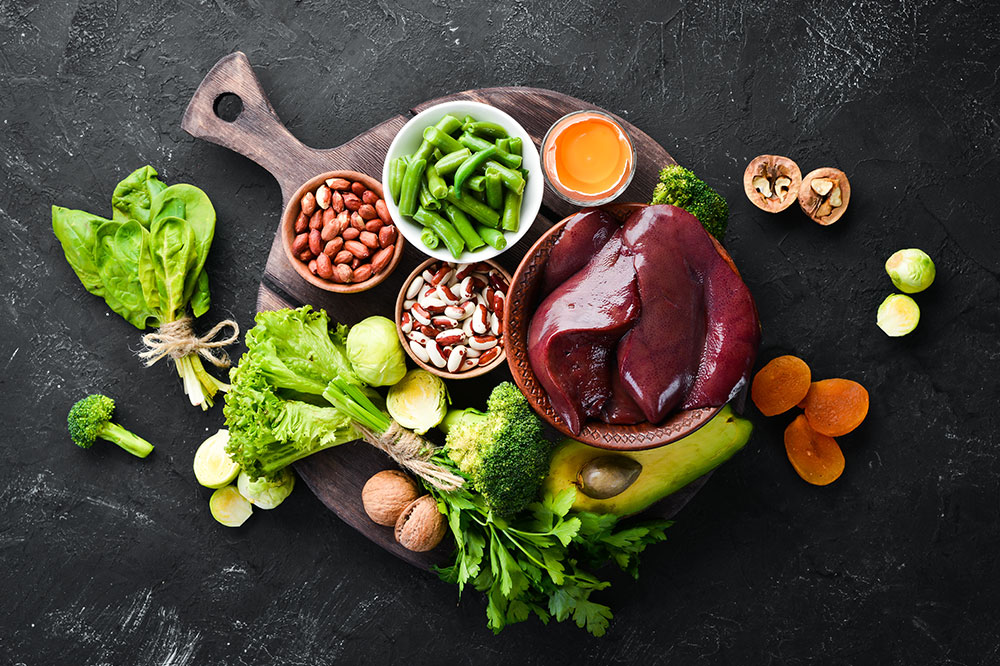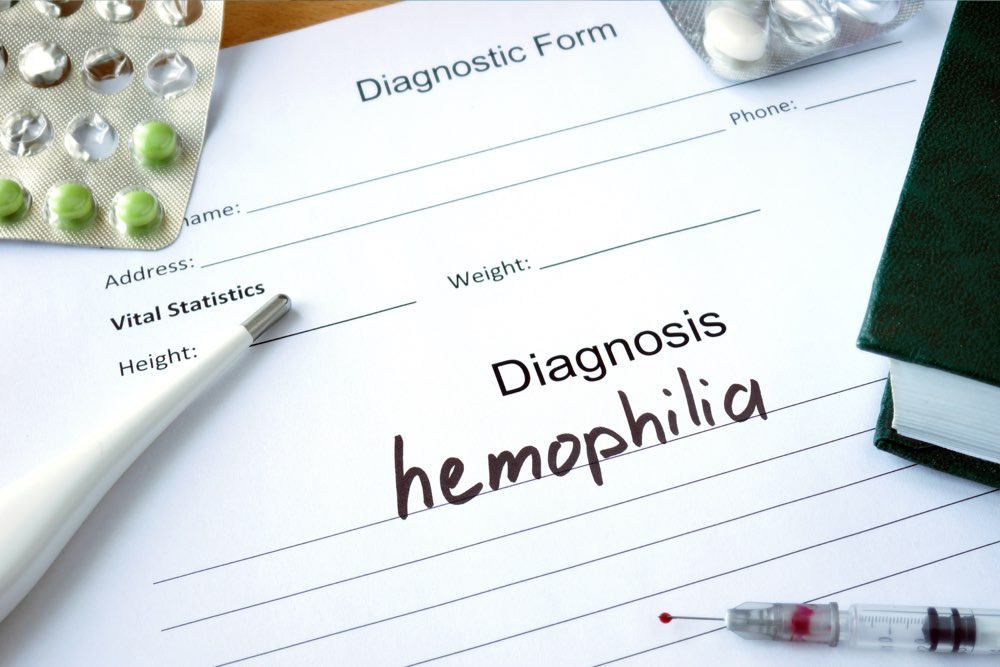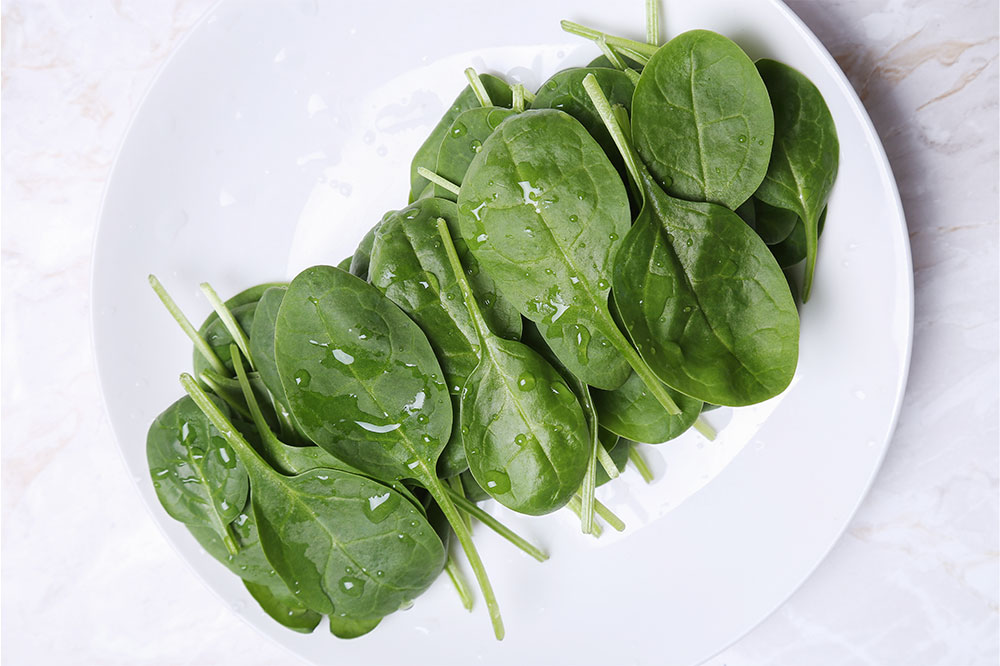Comprehensive Dietary Strategies for Managing Hemophilia Effectively
This comprehensive guide offers vital dietary strategies for managing hemophilia effectively. Emphasizing the importance of nutrient-rich foods, healthy cooking methods, and portion control, it provides practical advice to improve health outcomes. Proper nutrition plays a crucial role in reducing bleeding risks, supporting immune health, and enhancing overall well-being in hemophilia management. Incorporating these dietary habits can empower individuals to lead healthier lives while effectively managing their condition.

Essential Nutritional Approaches for Hemophilia Patients
Managing hemophilia requires a multifaceted approach, with proper nutrition playing a pivotal role in reducing bleeding episodes and enhancing overall health. Individuals living with hemophilia need to pay careful attention to their diets to maintain optimal body function, support immune health, and reduce complications. This detailed guide dives into effective dietary habits and nutritional strategies tailored for hemophilia management, emphasizing foods and cooking methods that promote stability and well-being.
Prioritize a Plant-Rich Diet Filled with Fruits and Vegetables
One of the foundational dietary recommendations for those with hemophilia is to consume a rich variety of fruits and vegetables daily. These foods are packed with vital vitamins, minerals, antioxidants, and dietary fiber that support immune function, promote a healthy digestive system, and reduce inflammation—key factors in controlling bleeding tendencies and preventing complications. Dark leafy greens like spinach, kale, and Swiss chard are especially beneficial due to their high content of vitamin K, which is essential for normal blood clotting, but should be consumed in moderation to avoid interfering with clotting medications if applicable. Brightly colored produce such as bell peppers, carrots, and sweet potatoes provide carotenoids and other antioxidants that combat oxidative stress. Berries, citrus fruits, and apples contribute vitamin C and other phytochemicals that are known to bolster immune health and support tissue repair.
Adopt Healthy Cooking Techniques to Preserve Nutrition
Cooking methods significantly influence the nutritional quality of your meals. For individuals with hemophilia, it is advisable to choose preparation techniques that preserve nutrients while minimizing unhealthy fats. Baking, grilling, steaming, and boiling are excellent options. These methods help retain vital vitamins and minerals, reduce the formation of trans fats and acrylamides, and promote heart health—an important consideration for people vulnerable to cardiovascular issues. Avoid frying foods in unhealthy oils, which can contribute to inflammation and may exacerbate bleeding risks. Using herbs, spices, and lemon juice to season foods can enhance flavor without adding excess salt or sugar.
Limit Red Meat and Focus on Lean Protein Sources
While protein intake is essential for tissue repair and overall health, consuming excessive red meats—especially processed meats—can increase inflammation and cardiovascular risk. For those with hemophilia, a balanced approach involves reducing meat consumption and incorporating more plant-based proteins such as beans, lentils, chickpeas, and tofu. When consuming animal proteins, opt for lean options like fish, chicken, and turkey, which are rich in omega-3 fatty acids and protein, and are less likely to promote inflammation. Incorporating these sources two to three times a week can support muscle maintenance and immune health without the drawbacks associated with red meats.
Practice Portion Control When Dining Out or Eating at Home
Managing portion sizes is crucial in preventing overeating, which can lead to weight gain and exacerbate health issues including joint stress and cardiovascular concerns. When dining at restaurants, choose smaller portions or share dishes. Be vigilant about hidden sources of sugar, salt, and preservatives, especially in processed foods, sauces, drinks, and desserts. Always read nutrition labels carefully, paying close attention to sugar and sodium content, as high intake can negatively impact overall health and interfere with proper clotting in hemophilia patients. Using mindful eating strategies—such as eating slowly and savoring each bite—can help regulate intake and promote healthier eating habits.
In conclusion, a well-balanced, nutrient-rich diet combined with healthy cooking methods and mindful portion control can significantly improve health outcomes for individuals with hemophilia. Maintaining good nutritional status supports not only clotting function but also immune health, tissue repair, and overall quality of life. Integrating these dietary strategies into daily routines, alongside medical treatments, empowers patients to manage their condition more effectively and enjoy a healthier, more active life.





